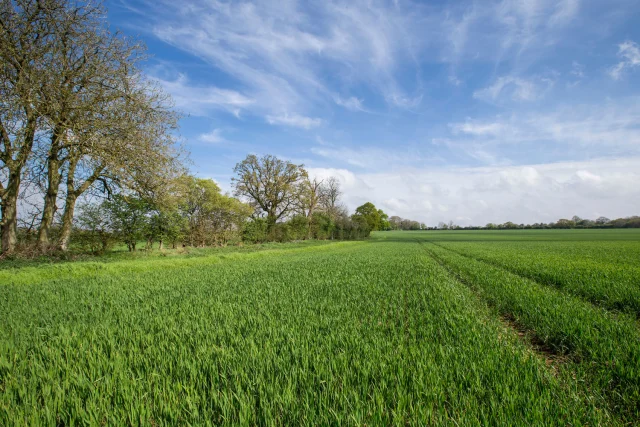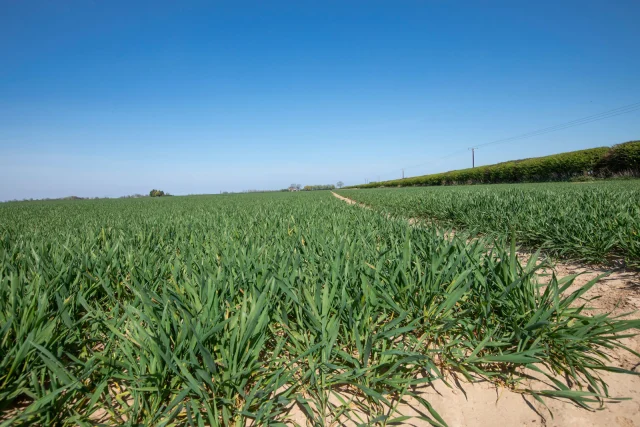Published on 8th November 2018
Local Insights
6 key performance measures for arable farms

Measuring financial and physical performance helps to benchmark costs and business performance. But with so many different elements to consider, what are most appropriate measures for arable farms?
Measuring financial and physical performance helps to benchmark costs and business performance. But with so many different elements to consider, what are most appropriate measures for arable farms?
Strutt & Parker recommends starting with six simple performance indicators, summarised in the table and chart below. They are all quick, straightforward calculations that do not require detailed financial accounts, but still provide a useful indicator of how key costs and operational capacity compare, says the firm’s George Badger.This can highlight potential areas for savings and show where more detailed financial analysis and benchmarking comparisons may be worthwhile.
The charts below show aggregated results produced by Strutt & Parker from more than 145 farms, ranging from 100ha to 2500ha.
Source: Strutt & Parker
Labour & machinery detail
Labour and machinery represent the largest costs on many farms, so are often the focus for benchmarking.Mr Badger recommends calculating total labour costs (including all full/part-time staff, benefits, accommodation, pensions, NI contributions, etc.) and total machinery costs (depreciation, repairs, fuel, insurance, interest, hire charges etc.) on a per hectare basis.After this, you can go into more detail to examine the costs of operating individual machines and calculate a running cost per hour. This in turn, can be used to work out the total operational cost for growing a specific crop.
For example, S&P analysis put the average operational cost for winter wheat close to £300/ha, although this ranges widely from £200 to £400/ha.“You can convert this figure to a per tonne basis, but given yield varies so much, we’ve found it more useful to compare farms on an area basis.”



